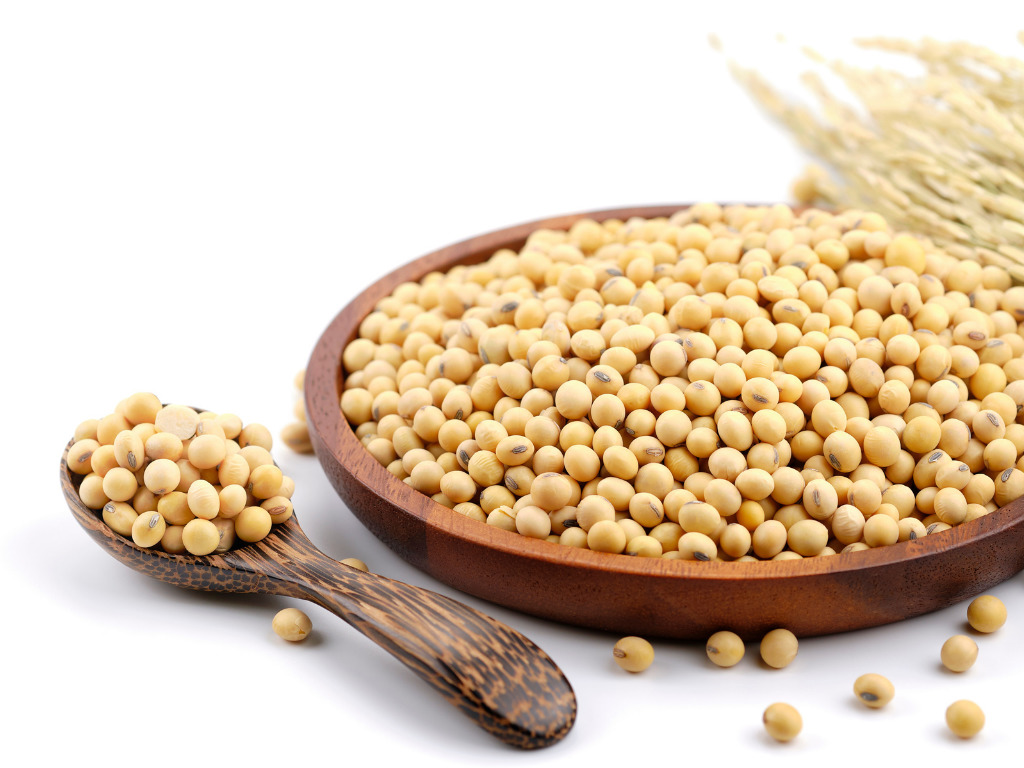As Research Identifies New Soy Benefits, Market Poised for Significant Growth
3 Mins Read
Soy gets another health boost as new research finds a protein in soybeans can reduce LDL cholesterol and reduce the risk of metabolic diseases.
The new research, published in the journal Antioxidants, finds soybean flour that’s high in the protein B-conglycinin reduces the risk of high cholesterol and fatty liver disease.
The findings build on soy’s longstanding health benefits which include supporting healthy cholesterol levels. But the new findings dive deeper into the proteins connected to lower cholesterol, identifying the protein B-conglycinin as particularly significant.
Soy’s benefits on cholesterol
“As we hypothesized, soybeans’ effects on cholesterol metabolism are not only associated with their protein concentrations and composition but also with the peptides embedded in them that are released during gastrointestinal digestion,” Elvira de Mejia, professor of food science and human nutrition at the University of Illinois Urbana-Champaign and corresponding author of the study, said in a statement.
Through various methods, the researchers were able to identify B-conglycinin’s efficacy in working nearly as well as cholesterol-lowering drugs.

“One of the key risk factors of atherosclerosis is oxidized LDL cholesterol; therefore, we investigated the preventive effects of the soybean digests at eight different concentrations,” de Mejia said. “Each of them reduced the LDL oxidation rate in a dose-dependent manner, inhibiting the formation of both early and late oxidation products associated with the disease.”
According to the findings, peptides in the digested soybeans’ were able to reduce lipid accumulation by 50 percent to 70 percent, “and that’s very important,” de Mejia said. “That was comparable to the statin, which reduced it by 60 percent. We also clearly saw different markers that were influenced by key enzymes that regulate hepatic lipogenesis – the development of a fatty liver.”
Soy demand
The findings come as a new market analysis estimates the soy category will reach nearly $69 billion in value by 2027, growing at a CAGR of nearly six percent between 2022 and 2027. Asia-Pacific markets are projected to reach $35.2 billion during the forecast period. Already a popular staple in many Asian countries, the shift away from conventional dairy is also driving demand for soy as an alternative.

“The global soybean food and beverage products market has been influenced by some of the macroeconomic and microeconomic factors witnessed in some key countries,” Markets and Markets said in a press release launching the report.
“This would prove strong enough to drive the market significantly in terms of value sales during the forecast period. The inclination of consumers toward soy-based protein has grown from its base applications as meat and dairy alternatives and has witnessed abundant usage in other segments, such as performance nutrition and infant nutrition. The awareness of soy-based protein as food with functional benefits has bolstered the acceptance among consumers.”



